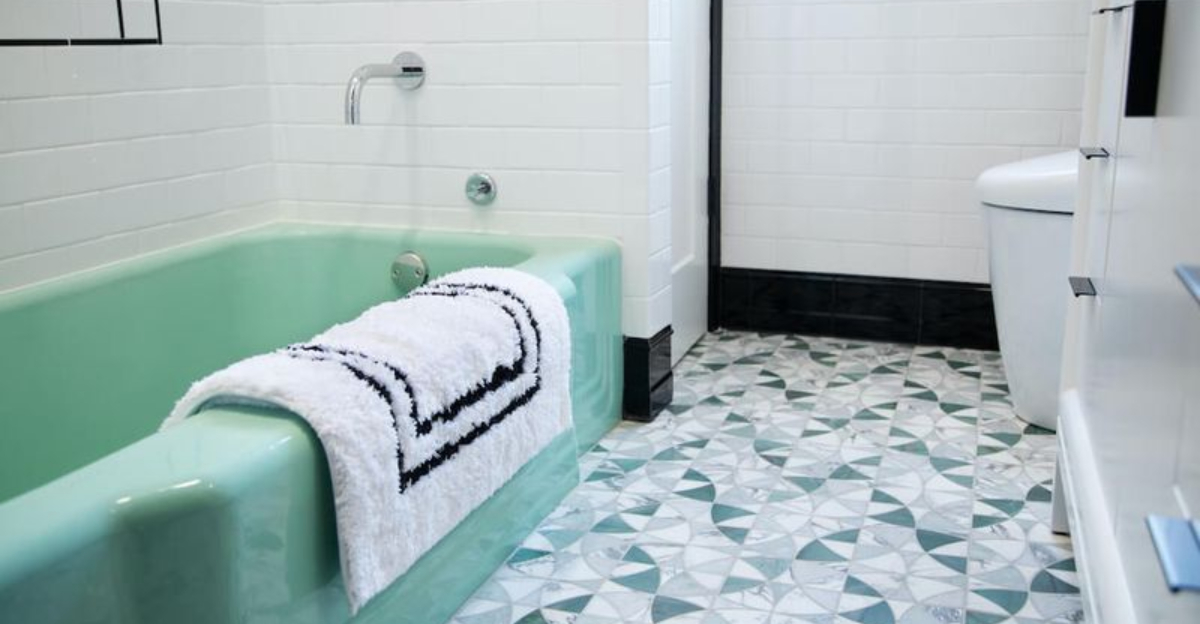Bathroom color trends shift dramatically as we approach 2025, with many once-popular shades falling out of favor. Interior designers are now embracing fresh palettes that reflect our changing relationship with home spaces.
Ready to discover which colors are on their way out and what exciting new hues will transform your bathroom into a stylish sanctuary?
1. Bright White
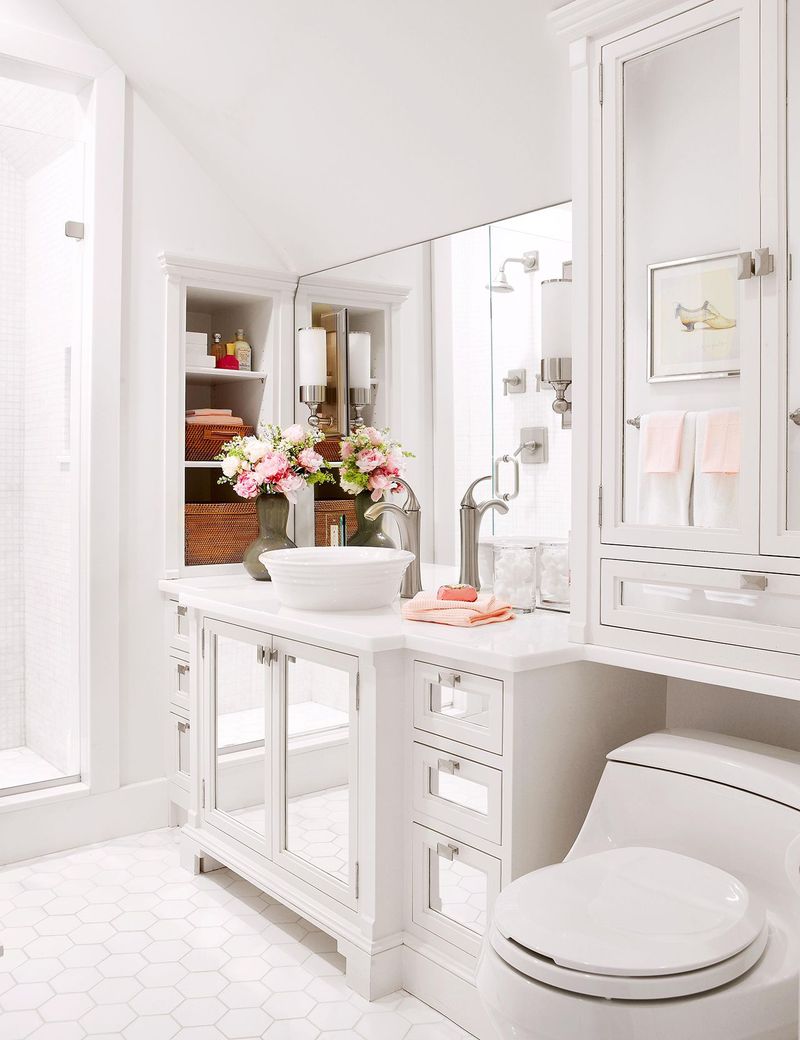
Remember when stark white bathrooms dominated every design magazine? That clinical, hospital-like feel is rapidly losing appeal among homeowners seeking more personality and warmth.
Designers now view all-white bathrooms as missed opportunities for expression. The maintenance headache of keeping bright white surfaces spotless has also contributed to its declining popularity.
2. Pale Pink
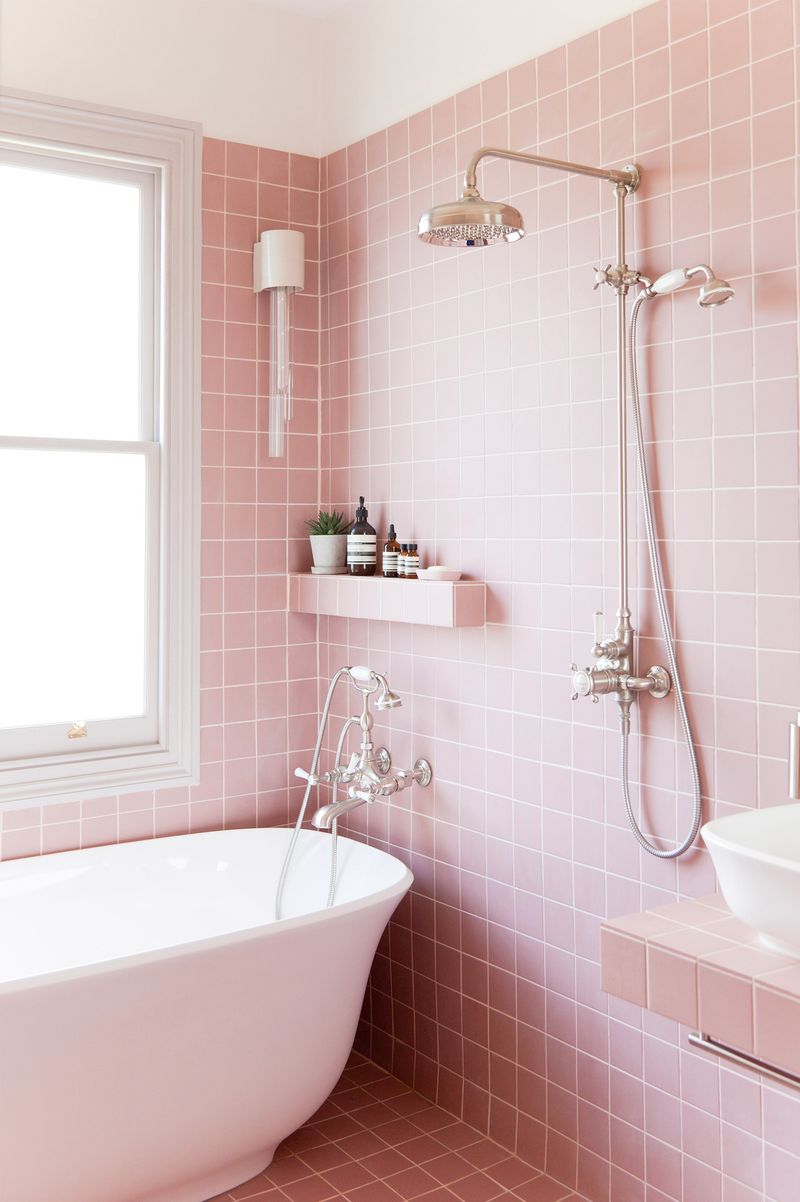
Once the darling of millennial-inspired spaces, those sweet blush tones are fading fast from bathroom walls and fixtures. The cotton-candy aesthetic that dominated Instagram feeds now feels decidedly dated.
What started as a fresh alternative to neutrals has become oversaturated in the design world. Homeowners are increasingly viewing pale pink as too juvenile and lacking the sophistication modern bathrooms demand.
3. Pastel Blue
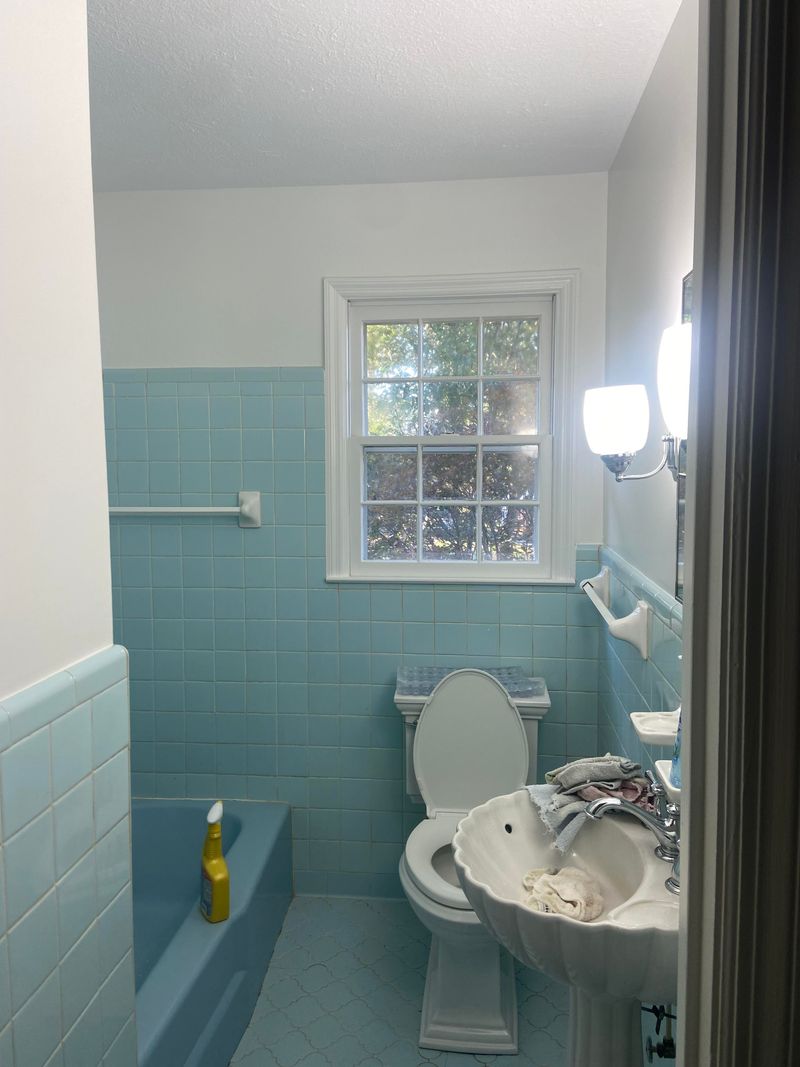
Goodbye, baby blue bathroom era! The soft pastel blue that recalled 1950s nostalgia has lost its charm as we move toward more complex color stories in home design.
What once felt refreshingly retro now appears dated rather than vintage-chic. Many designers point to pastel blue’s association with outdated gender-reveal aesthetics as another reason for its declining popularity in modern bathrooms.
4. Mint Green
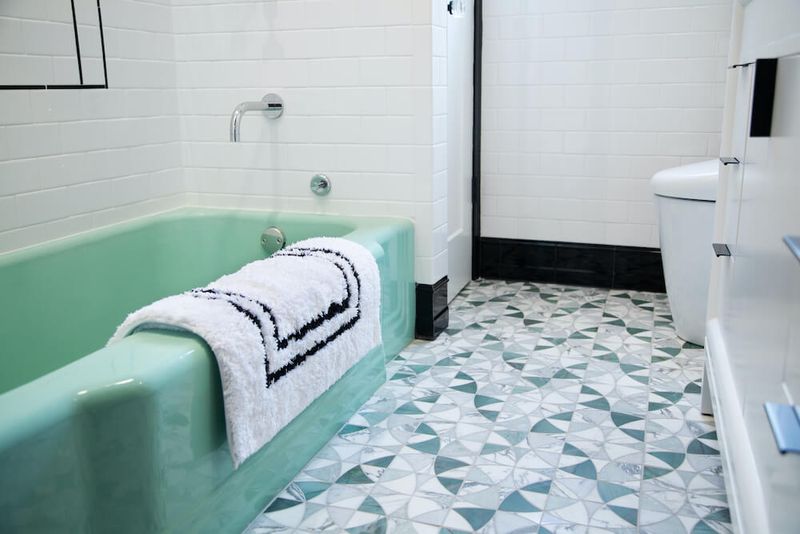
Farewell to the refreshing yet increasingly tiresome mint green that dominated bathrooms throughout the early 2020s. Despite its initial appeal as a spa-like color, mint has become synonymous with passing trends rather than timeless design.
Many homeowners report feeling the color quickly became visually overwhelming in small spaces. The particular shade also tends to clash with many skin tones in bathroom lighting.
5. Beige/Tan
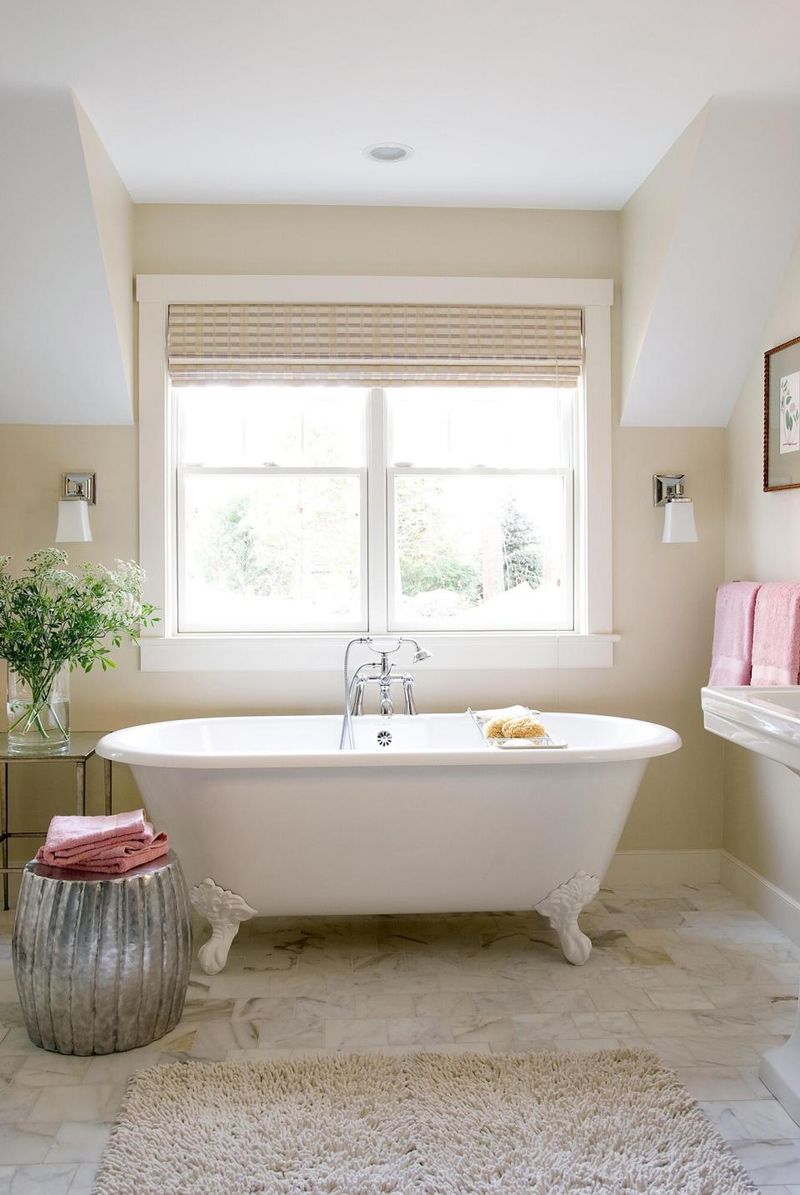
Flat, uninspiring beige is finally losing its grip on bathroom design after decades of safe, developer-grade dominance. What was once considered a foolproof neutral now reads as a lack of imagination or design confidence.
The color’s inability to create visual interest or evoke any emotional response has finally caught up with its practical reputation.
6. Glossy Black
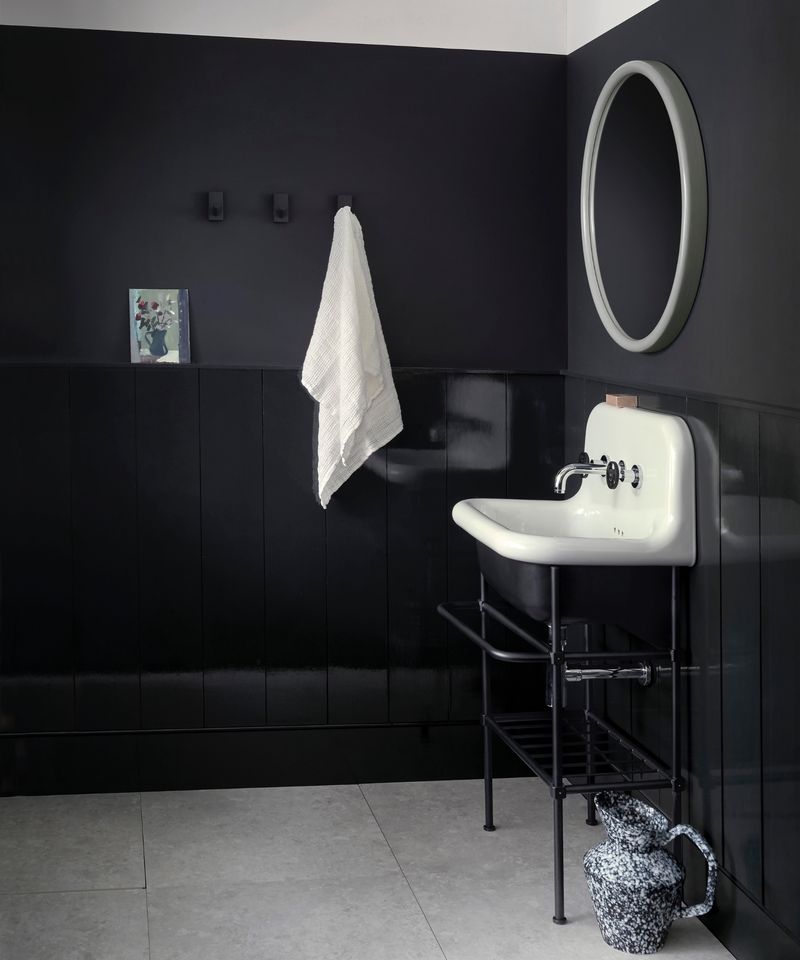
Sleek, high-shine black surfaces are rapidly falling from grace in bathroom design circles. While once considered the epitome of luxury and sophistication, glossy black has revealed its practical shortcomings.
Water spots, fingerprints, and dust show mercilessly on these surfaces, creating maintenance nightmares. Beyond the practical concerns, the harsh, reflective quality can make spaces feel smaller and more confined than they actually are.
7. Neon Accents
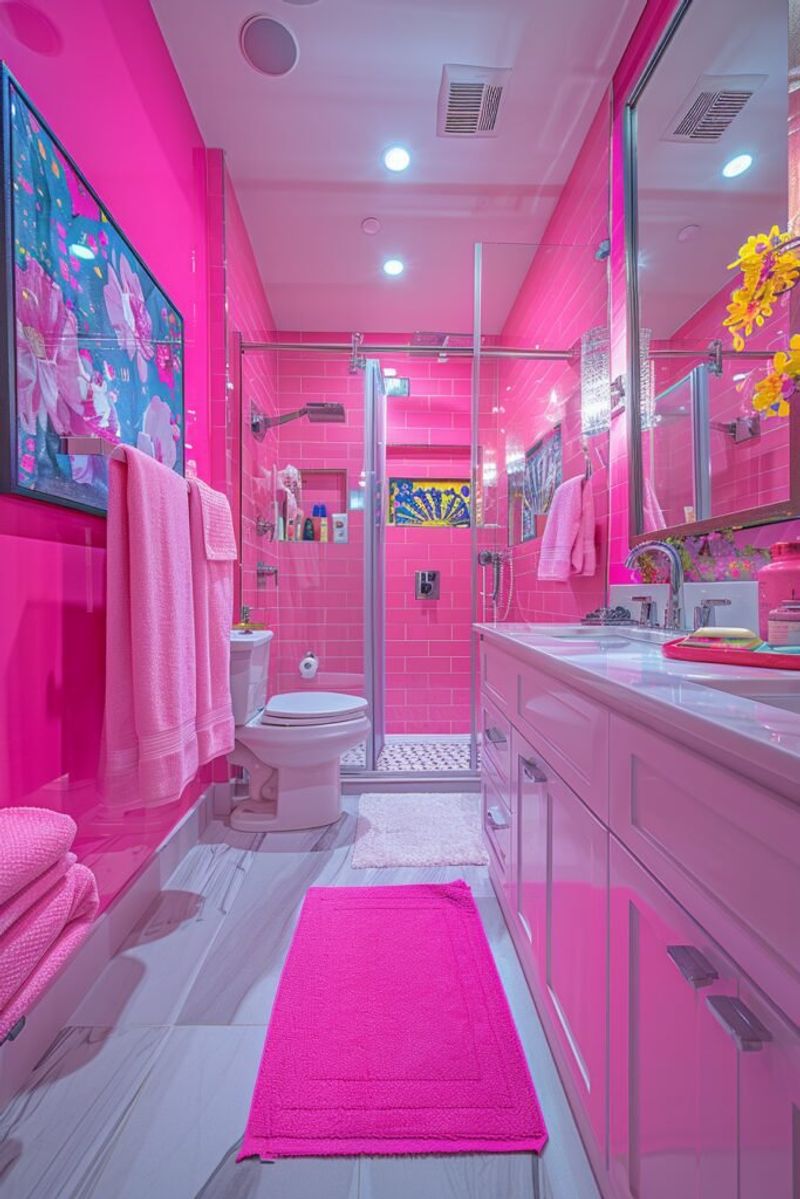
Vibrant electric pops of color are quickly becoming yesterday’s trend as bathroom aesthetics shift toward more nuanced, sophisticated palettes. Those attention-grabbing neon towels, accessories and accent walls now look more dated than daring.
Many interior designers cite the jarring visual effect and lack of relaxation potential as key reasons for the decline. Bathrooms are increasingly viewed as wellness retreats rather than energetic statement spaces.
8. Eggshell
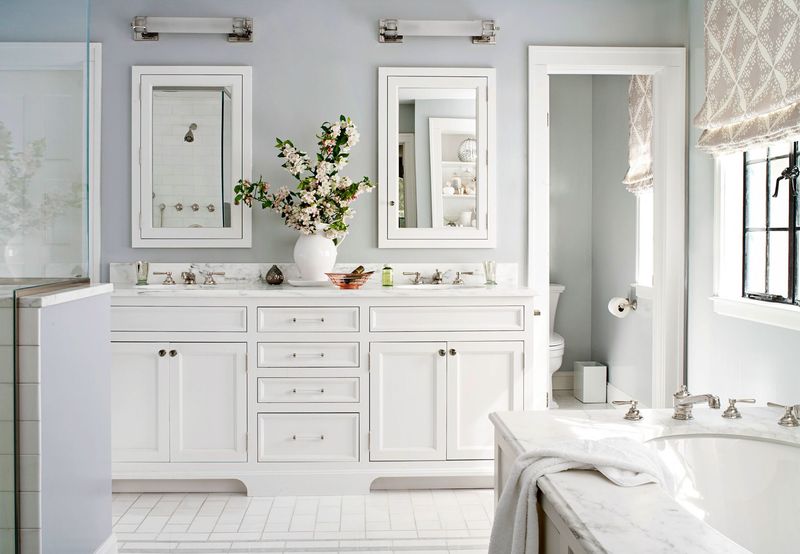
Just slightly off-white but lacking any real character, eggshell has overstayed its welcome in bathroom color schemes. Once considered a softer alternative to bright white, it’s now viewed as an indecisive, uninspired choice.
Homeowners and designers alike are abandoning this neither-here-nor-there shade. The yellowish undertones often present in eggshell can make adjoining whites look dirty and can cast unflattering light on skin tones.
9. Warm Taupe
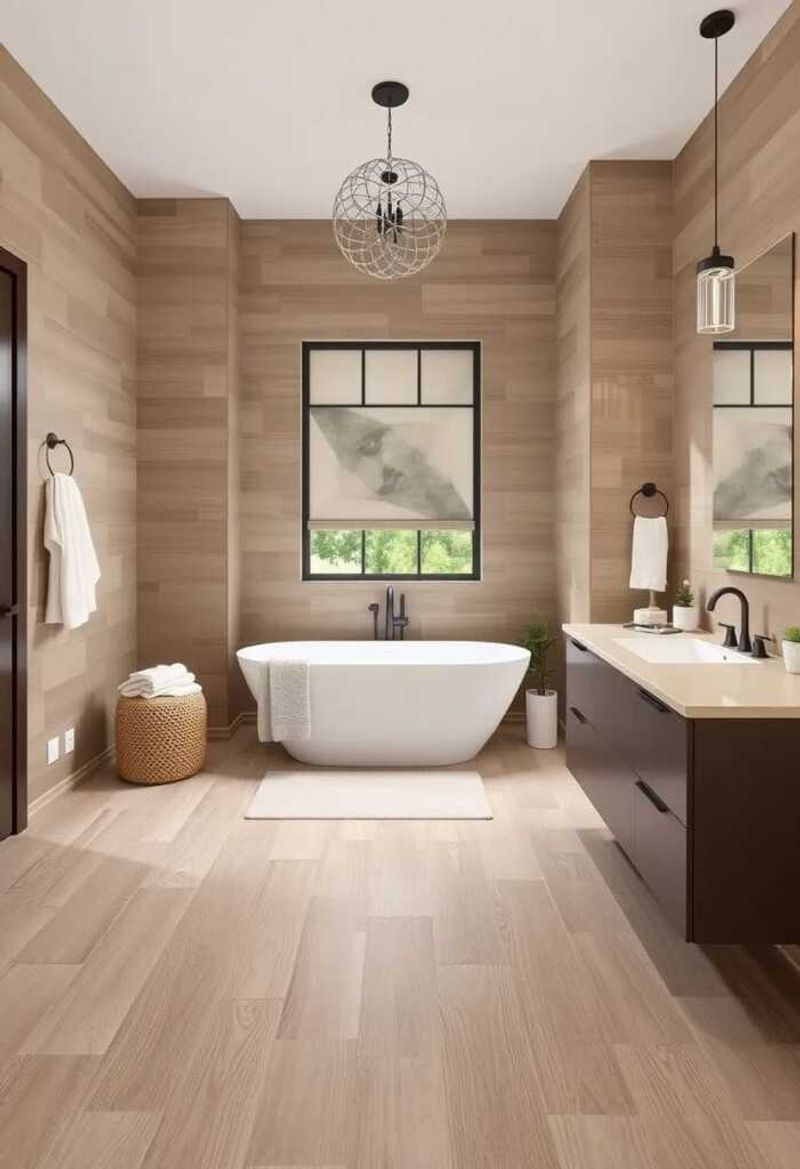
Move over, basic beige – sophisticated warm taupe is claiming the neutral throne with its rich, complex undertones. Unlike its flatter predecessors, this shade brings depth and subtle warmth to bathroom spaces.
Wonderfully versatile, warm taupe pairs beautifully with both cool and warm accents. Its earthy quality creates a grounding effect that promotes relaxation while still feeling decidedly modern and intentional in bathroom design.
10. Charcoal Gray
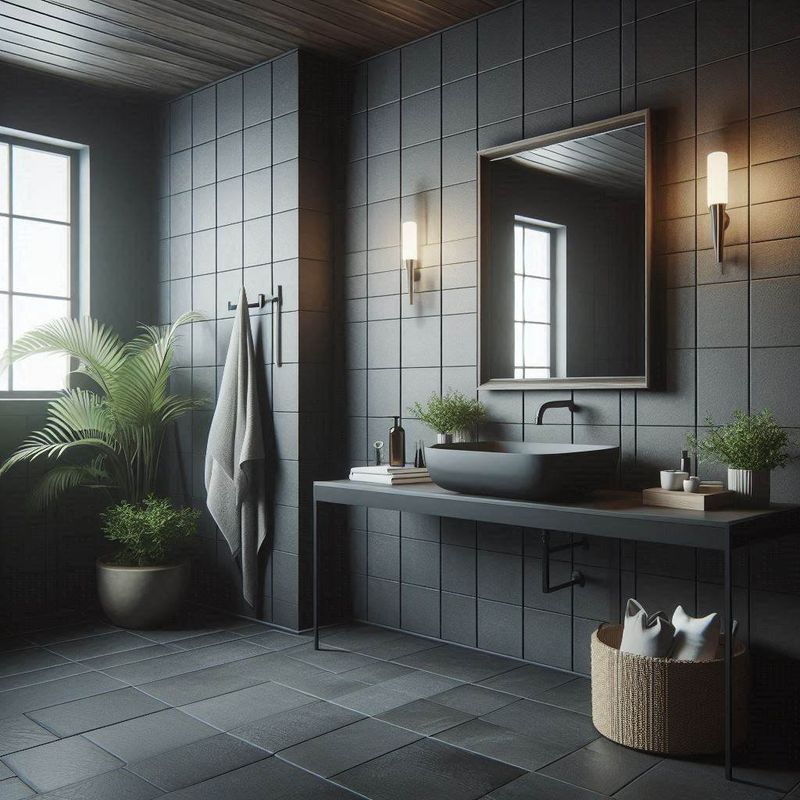
Luxurious yet approachable, charcoal gray is emerging as the sophisticated alternative to harsh blacks and boring neutrals. Its depth creates dramatic impact without the maintenance issues of true black surfaces.
When paired with brass or copper fixtures, charcoal transforms into something truly special. The color’s subtle variations under different lighting conditions give bathrooms a dynamic quality that changes throughout the day.
11. Dusty Rose
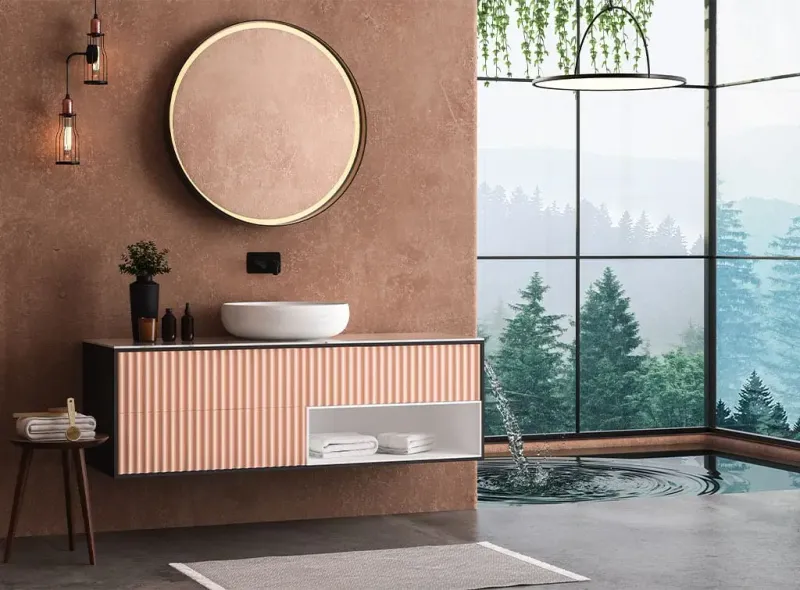
Forget saccharine pale pinks – mature, sophisticated dusty rose is capturing designers’ imaginations for 2025. This complex hue contains subtle gray undertones that prevent it from feeling too sweet or juvenile.
Surprisingly versatile, dusty rose creates a flattering glow that complements most skin tones. When paired with natural materials like wood and stone, it creates a bathroom atmosphere that feels both contemporary and timeless.
12. Deep Navy
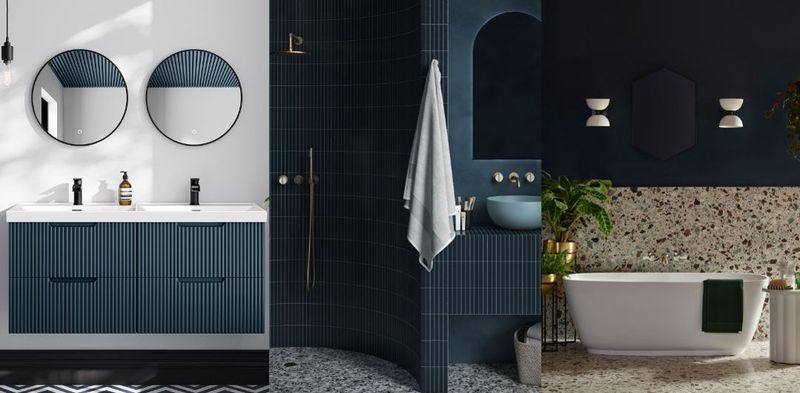
Bold yet timeless, deep navy is sailing into bathroom design with confidence and sophistication. Unlike brighter blues, navy creates a cocooning effect that transforms ordinary bathrooms into luxurious retreats.
Marvelously adaptable, navy works with virtually any metal finish from brass to chrome. Its classic nautical associations subtly evoke water connections without resorting to obvious beach themes or literal interpretations.
13. Earthy Terracotta
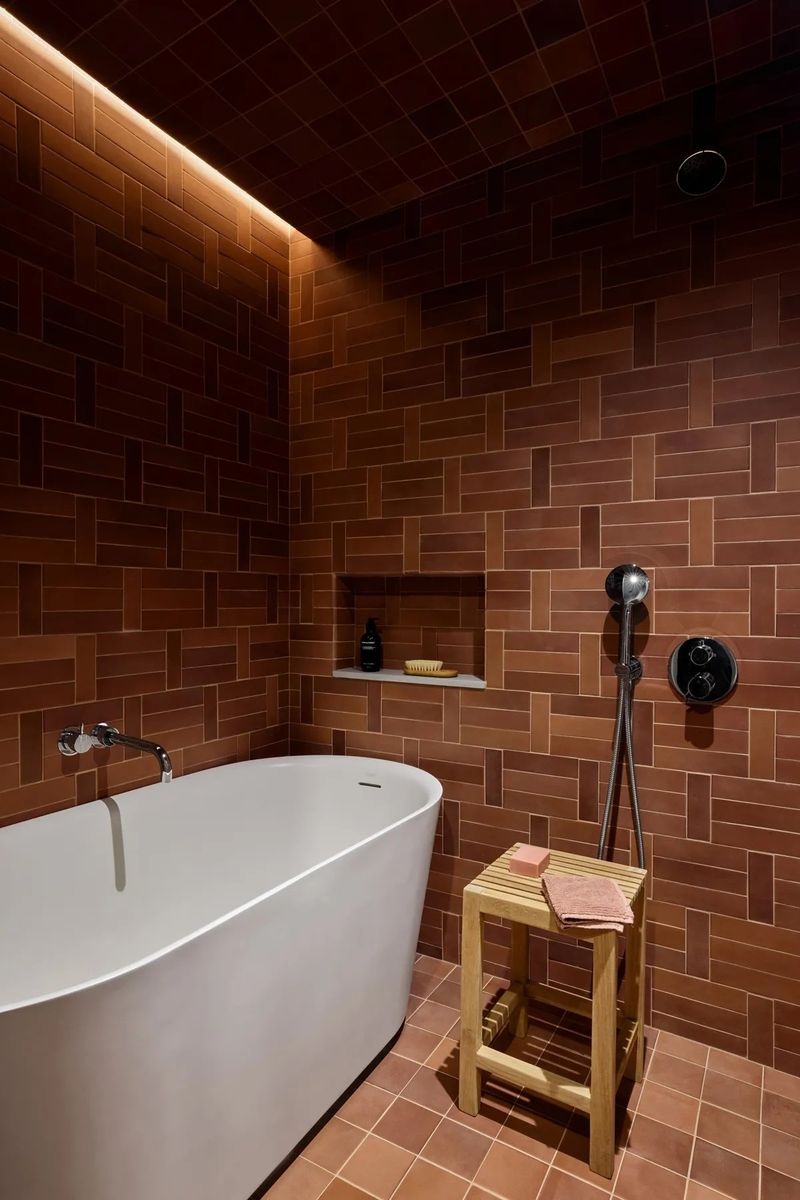
Straight from sun-baked Mediterranean landscapes, terracotta is bringing much-needed warmth to bathroom spaces in 2025. Its rich, earthy quality creates an instant connection to natural elements that feels both ancient and thoroughly modern.
Unexpectedly versatile, terracotta pairs beautifully with both cool whites and complementary earth tones. The color’s inherent warmth creates a welcoming atmosphere that flatters all skin tones in bathroom lighting.
14. Matte Black
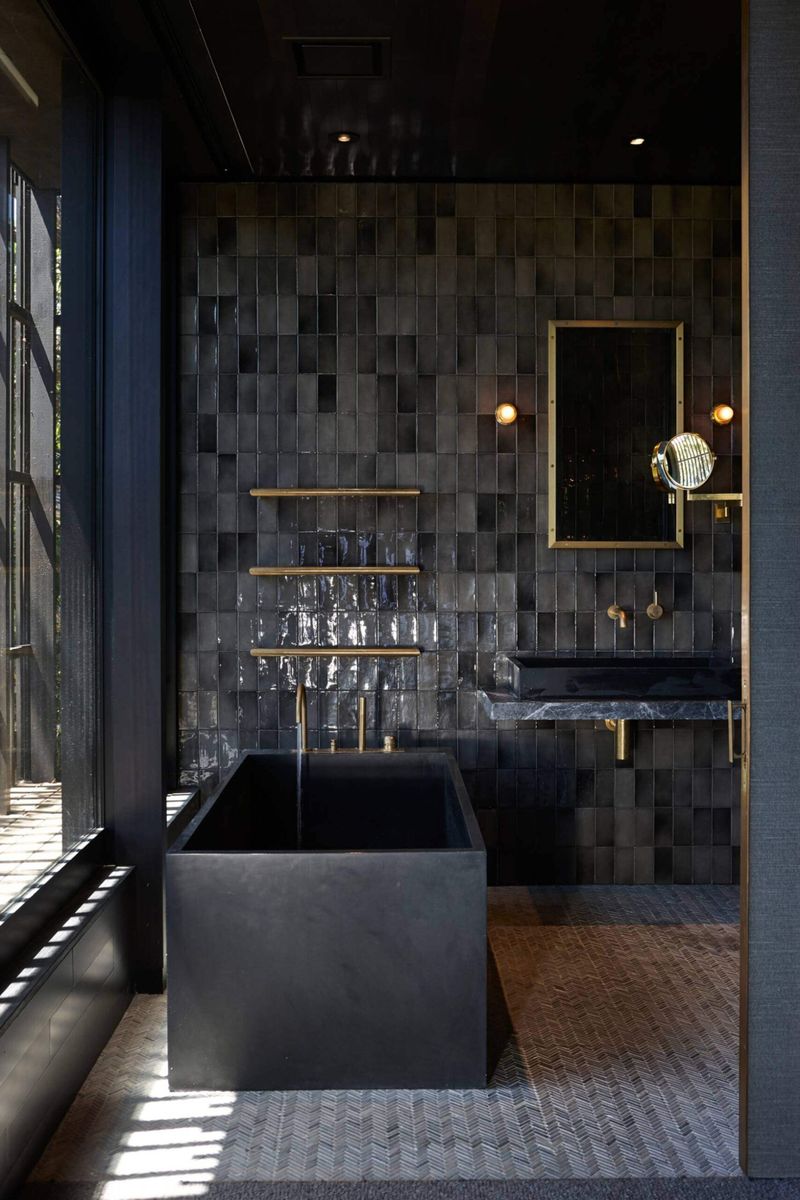
While glossy black retreats, sophisticated matte black advances as the new standard for modern bathroom elegance. Its light-absorbing quality creates depth without the harsh reflections of its glossier counterpart.
Practically speaking, matte finishes hide water spots and fingerprints far better than high-shine surfaces. When used thoughtfully as an accent rather than overwhelming a space, matte black creates architectural interest and contemporary appeal.
15. Soft Sage Green
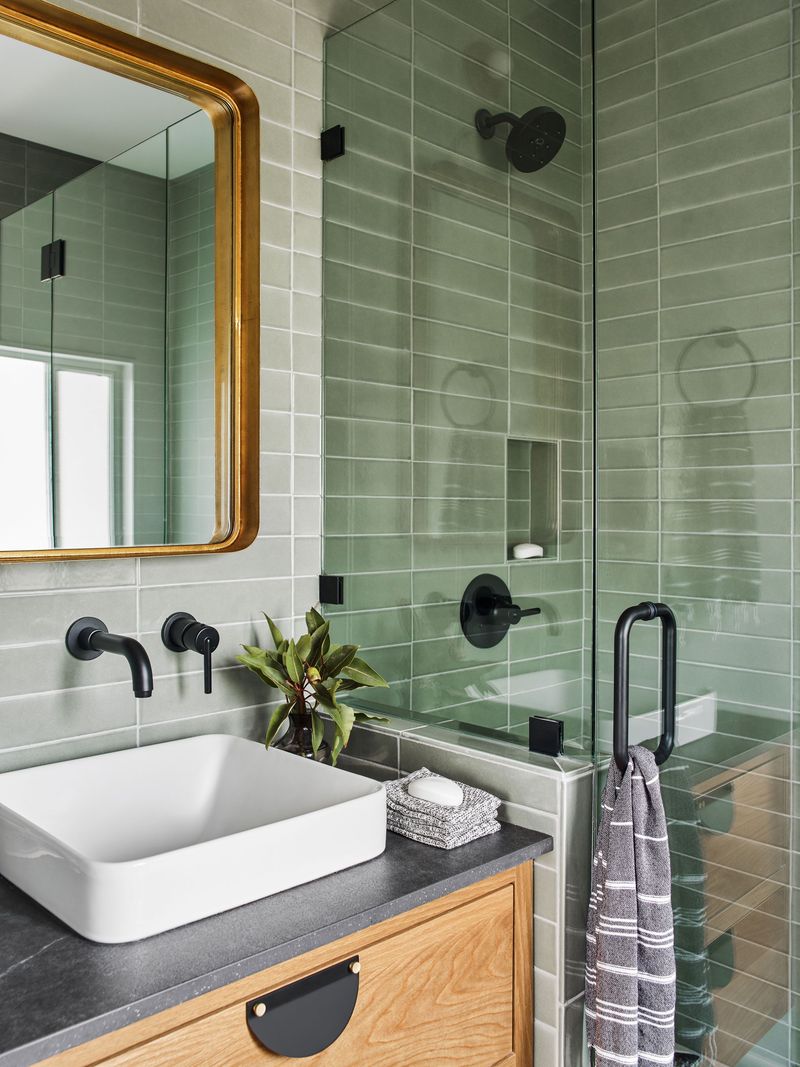
Whisper-quiet yet confidently present, soft sage green is emerging as the nature-inspired neutral of choice for forward-thinking bathroom designs. Unlike mint’s brightness, sage offers subtle sophistication with its gray-green undertones.
Wonderfully calming, this hue taps into our collective desire for biophilic connections in interior spaces. Sage pairs effortlessly with natural materials like wood, stone, and clay to create bathrooms that feel like peaceful garden retreats.
16. Moody Teal
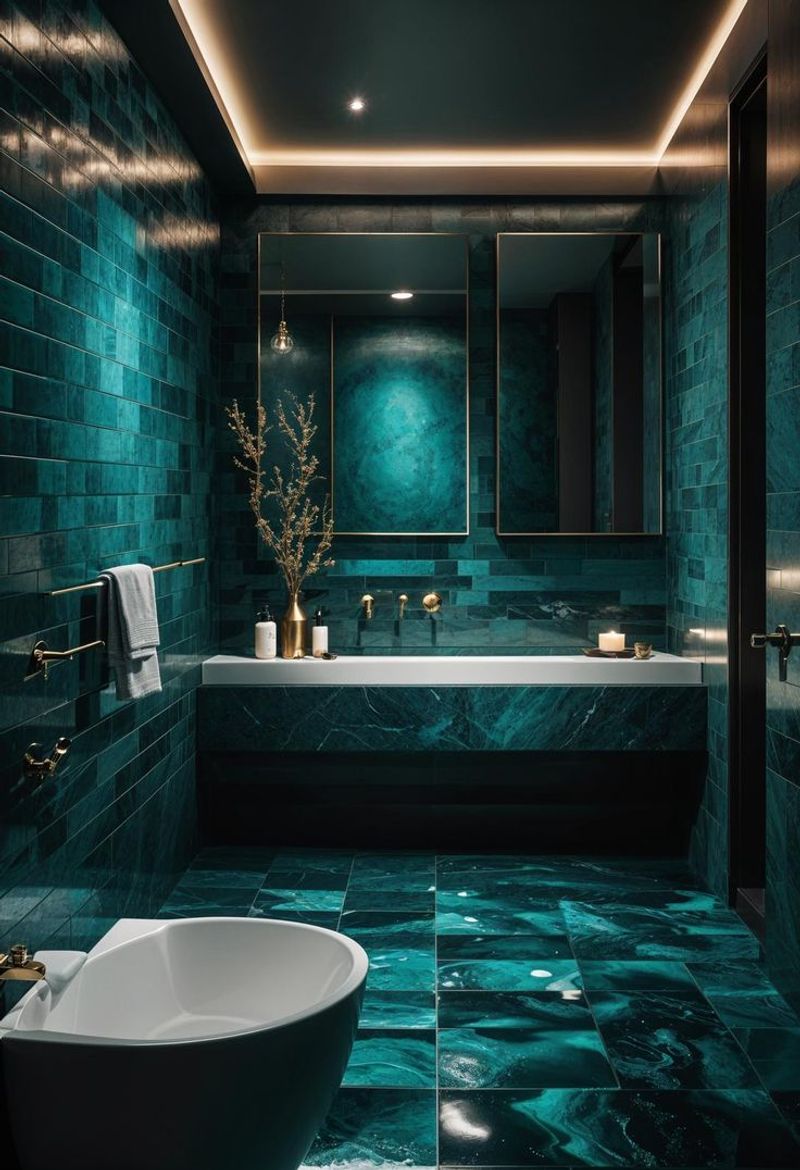
Dramatically rich yet surprisingly versatile, moody teal is making a splashy entrance into luxury bathroom design for 2025. Its perfect balance between blue and green creates a color that feels simultaneously familiar and exotic.
Unlike lighter aqua tones, moody teal has staying power beyond trend cycles. When paired with brushed brass fixtures and natural stone, it creates a jewel-box effect that transforms ordinary bathrooms into extraordinary personal sanctuaries.

